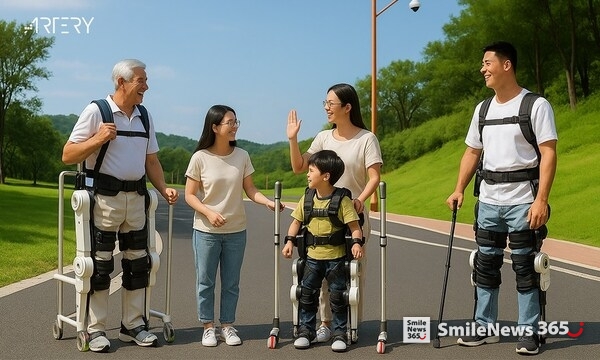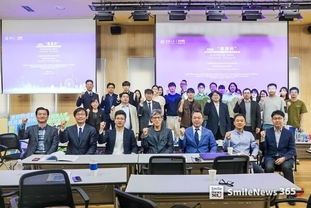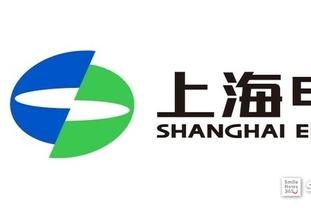TAIPEI, June 25, 2025 -- In recent years, exoskeleton robots have gained traction in various countries, including Japan, Germany, and the United States, where they are being explored for use in tourism and outdoor mobility support. These wearable systems assist users during activities such as hiking or extended walking by detecting body movement and providing real-time powered assistance, effectively reducing joint strain and physical fatigue. As a result, they have drawn growing interest from older adults, individuals with limited mobility, and outdoor enthusiasts seeking additional support.
Exoskeleton robots are wearable intelligent devices that integrate mechanical structures, sensors, motor drivers, and control systems. With increasing user demand and continuous technological advancements, their applications have gradually expanded from professional domains to everyday life and consumer markets. They are now being utilized across various fields, including rehabilitation, assisted mobility, industrial logistics, and consumer applications. According to industry research reports, the global market size is projected to surpass USD 10 billion.
Medical rehabilitation is one of the most important application areas for exoskeleton robots, widely used for gait training in patients suffering from lower limb mobility impairments due to spinal cord injuries, neurological disorders, and more. By coordinating motors and joint modules, the system helps users perform walking and standing motions while achieving accurate gait control and responsive feedback. This requires real-time collection and processing of multidimensional data such as torque, posture, and displacement, along with highly efficient closed-loop control with the actuator, placing extremely high demands on MCU performance and reliability.

High Performance & Lightweight Package: AT32F415 Precisely Drives Gait Control
In exoskeleton systems, multiple motors are used to simulate the motion characteristics of human joints such as the knees. Encoders, serving as key sensing components, provide real-time feedback on motor position and speed—crucial for precise control and efficient motion. ARTERY's AT32F415 series MCU, which acts as the core control unit for encoder modules, is built on the ARM® Cortex®-M4 core with a frequency of up to 150 MHz. It responds swiftly to high-frequency encoder signals, accurately capturing gait angles and speeds to ensure high responsiveness and stability during dynamic movement.
The AT32F415 integrates advanced timers that support Encoder Interface Mode, capable of directly receiving and decoding A/B quadrature signals from incremental encoders. Hardware-level pulse counting and direction recognition are handled internally. The series also offers multiple timer channels and configurable GPIOs, supporting the parallel connection and synchronized sampling of multi-joint encoders to meet the requirements of multi-degree-of-freedom coordinated control.
Additionally, the AT32F415 comes in a compact QFN 4×4 mm package, making it suitable for space-constrained joint modules such as those in exoskeleton legs. It features one CAN, five UARTs, and multiple SPI interfaces, allowing expansion to absolute encoders using SPI or RS485 protocols and simultaneous connection to torque sensors, IMUs, and other critical modules. This enables a stable and efficient multi-sensor fusion system to support accurate posture recognition and closed-loop control of the complete unit.
Data Acquisition and Execution Control: AT32F403A Enhances Precision in Joint Motion Regulation
Data acquisition modules play a crucial role in exoskeleton robots by collecting real-time motion data from the human body through various sensors, enabling better collaboration between the robot and the user. In the mechanical design, torque sensors are embedded between the motor module and the leg joints to measure the output torque and rotation status of the joint in real time. These key data points directly impact the system's ability to accurately interpret user intent and respond accordingly. ARTERY's AT32F403A high-performance MCU series fully meets the requirements of such data acquisition and execution control systems.
Based on the ARM® Cortex®-M4 core with a frequency of up to 240 MHz, the AT32F403A integrates multiple general-purpose and advanced timers, capable of precisely driving servo motors for joint control. Its powerful computing and multi-channel data processing capabilities support computationally intensive strategies such as dynamic gait adjustments. The fast interrupt response mechanism and built-in SRAM allow for larger data buffers and state logging, enabling the system to recognize user intent in rapidly changing gait conditions, make timely adjustments to leg length, stride, and joint angles, and enhance the overall human-machine interaction experience.
With ongoing advancements in artificial intelligence and human-machine interaction technologies, exoskeleton robots are poised to become vital tools for extending human capabilities. However, true mass adoption will require further breakthroughs in human-machine collaboration, lightweight materials, extended battery life, and cost optimization. ARTERY Technology will continue to deepen innovation and co-development efforts to support broader deployment of exoskeleton robots across medical, industrial, and consumer sectors—becoming a trusted enabler of smarter living.













